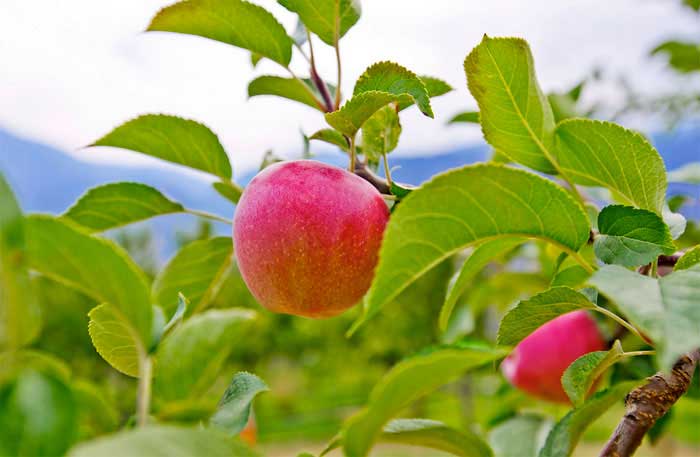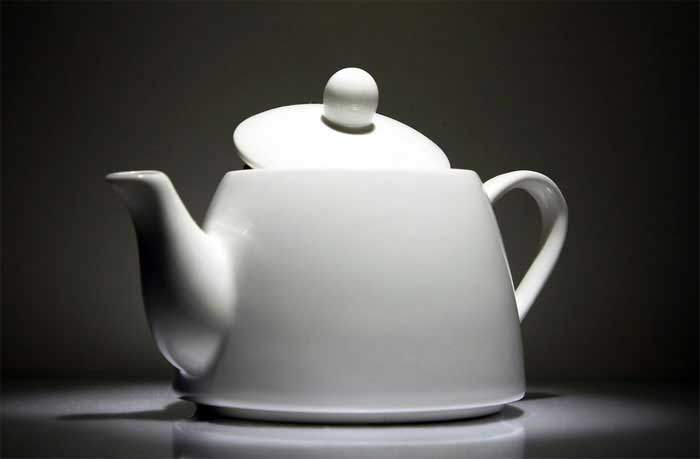Maintaining a perfectly white smile can seem an uphill struggle at times, especially with the way we are bombarded with choices of rich food and drink. But as long as you appreciate the steps you can take to look after your teeth, it should be a relatively painless experience.
You should be brushing twice a day. Any less than this will allow bacteria to form inside your mouth, eventually leading to the plaque which can have such a destructive effect on your teeth enamel. Any more than this will actually have a detrimental effect as the protective layer of enamel coating the teeth will be effectively worn away.
Any dentist will concur that brushing your teeth thoroughly is by far the most effective way of keeping them healthy. Like any other household instrument that is regularly used, it is important to consider the shelf life of your toothbrush. Once any toothbrush has been employed for any length of time, the bristles will begin to wilt under the pressure. For a toothbrush that is months old, its bristles will no longer stand proud. Once they buckle, they will be much less effective at reaching into the awkward recesses of your teeth.
It is advisable to brush your teeth for a certain period. This should certainly not be any less than two minutes. As you attend to your teeth, you may well have a certain pattern of movement that you adhere to. Many people commence at the rear of the month, getting into those thick molars. Working your way forward you should be paying close attention to the incisors, or front teeth. Remember to cover every possible surface of the teeth. It is especially important to deal with the inside of the teeth, even if these aren't actually going to be exposed for scrutiny by the outside world at any point. Plaque can gather at any portion of your teeth, but especially round about cracks or partitions where your toothbrush is less likely to delve than open spaces.
More and more people are choosing the option of the electric toothbrush. This is not necessarily just down to convenience. Electric shavers are far more effective at attacking the bacteria that exists inside your mouth. As the plastic bristles rotate, driven by the electrical charge, the vigorous friction will really help to remove foreign particles from the surface of your teeth and gums.
You should also treat an electric toothbrush as you would any other kind. Its head is not going to last for ever, so you should be aiming to change every two to three months. As well as the bristles themselves losing their strength, the more often you use them inside your mouth, the more bacteria they'll harbour. If this isn't checked, the bacteria will simply be transferred from the toothbrush head into your mouth.
When it comes to the actual brushing motion, whether you are using the traditional brush or an electric one, the optimum method is to place the instrument at a 45° angle against your gums. No move it around in a circular, grinding motion, rather than the enthusiastic but far less effective ‘backwards and forwards' technique that is universally popular. Also learn to grip as if you were holding a pencil – again, this ensures that you don't employ too much pressure as you scrub.




